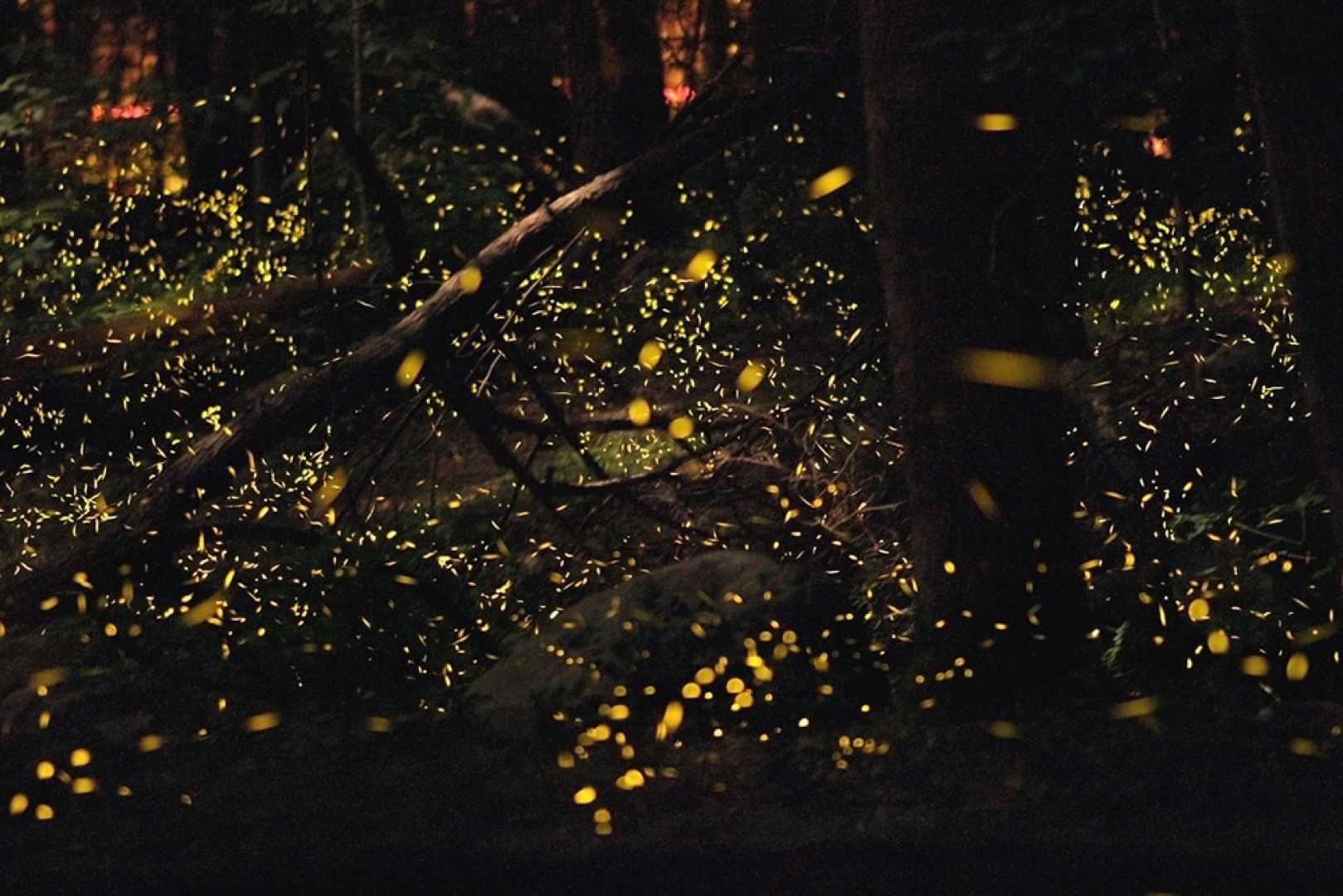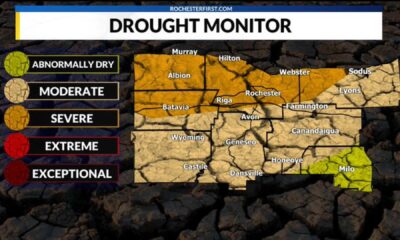News
Are Fireflies Facing Extinction in Our Lifetime?

Lexington, Kentucky – Recent studies warn that firefly populations are declining across North America due to habitat loss, light pollution, pesticide use, and climate change. Researchers claim we might be the last generation to witness these enchanting insects’ glow during summer nights.
A study published in the journal Science of The Total Environment analyzed 24,000 surveys from Firefly Watch, revealing significant declines in firefly numbers. According to the findings, factors like urbanization and climate changes are crucial contributors to this downward trend.
Fireflies generally inhabit moist environments, prefer wetlands, and are predominantly found east of the Rocky Mountains. Darin McNeil, an assistant professor of wildlife ecology at the University of Kentucky and principal investigator of the study, noted, “Subtle changes in climate patterns, especially related to temperature, are significantly impacting firefly breeding cycles and habitat quality.”
Another major threat to fireflies is habitat loss caused by construction for residential and commercial purposes, which destroys their natural environments and introduces harmful pesticides into their ecosystems.
“Without the proper environment, fireflies can’t thrive,” said Sarah Lower, an assistant professor at Bucknell University. For instance, specific firefly species, such as the Bethany Beach firefly in Delaware, depend on salt marshes that are disappearing due to development.
McNeil emphasized the impact of artificial light, stating, “Artificial lights at night could disrupt firefly populations, possibly affecting both adult and larval stages.” Artificial light disrupts mating rituals and threatens the survival of firefly larvae, which rely on moist soil and darkness to thrive.
The study urges for conservation efforts, including habitat restoration and reducing light pollution. “While fireflies are disappearing in many areas due to habitat loss, they are doing well in places where they are protected,” said a conservationist involved in the research.
Experts emphasize that while biodiversity is at risk, with unique locally adapted species diminishing, common fireflies like Photinus pyralis are more resilient. Protective measures are vital for the continuation of fireflies across North America, preserving their enchanting glow for future generations.












